The Best Seasonal Ingredients For January and How to Use Them
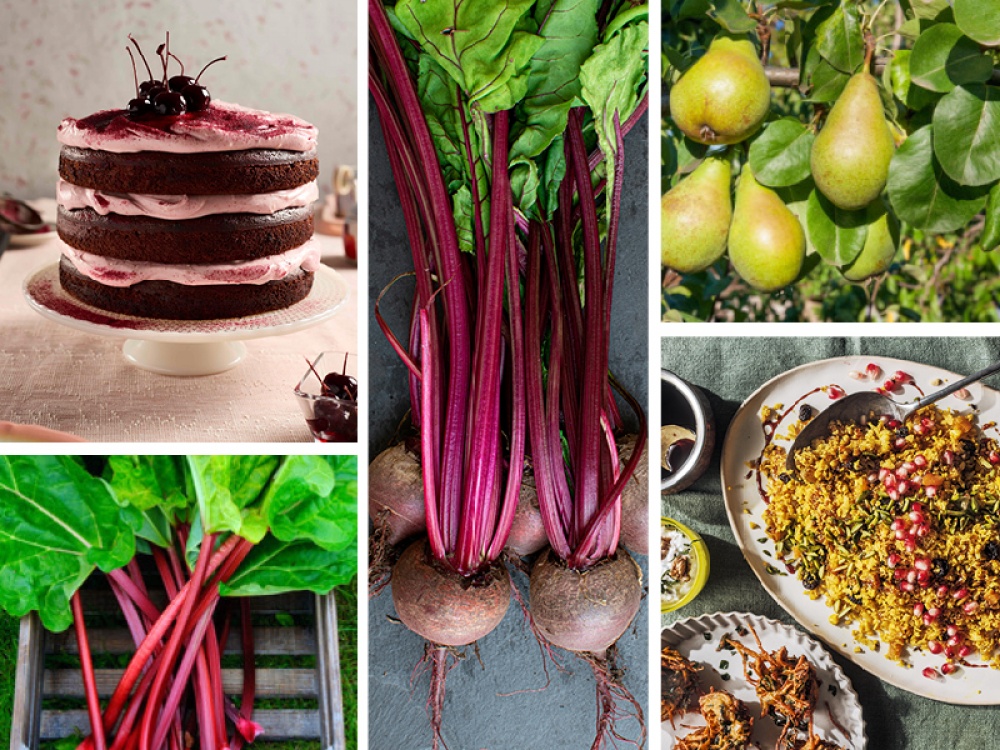
What's fresh, what's tasty and what to do with it this January
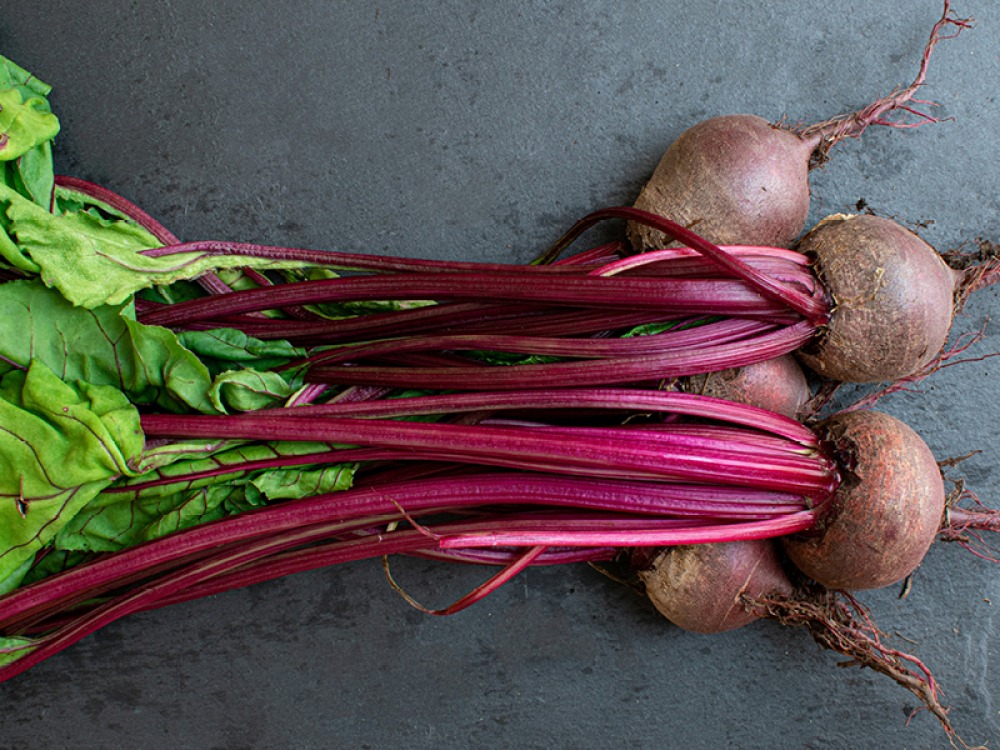
BEETROOT
Sweet, smooth and dark red or purple in colour, beetroot has been around for hundreds of years, evolving from wild seabeet which is native to the English coast. Renowned for its super-food qualities, it’s packed with powerful antioxidants and minerals – and it’s no surprise to discover beetroot is from the same family as chard and spinach. Best from November to January, this earthy vegetable can be baked, boiled, braised, pickled in vinegar or simply eaten raw.
Top tips: When buying, make sure to look for beetroots which are firm. Cut off the leaves and keep in an unsealed bag or box in the fridge to maintain freshness.
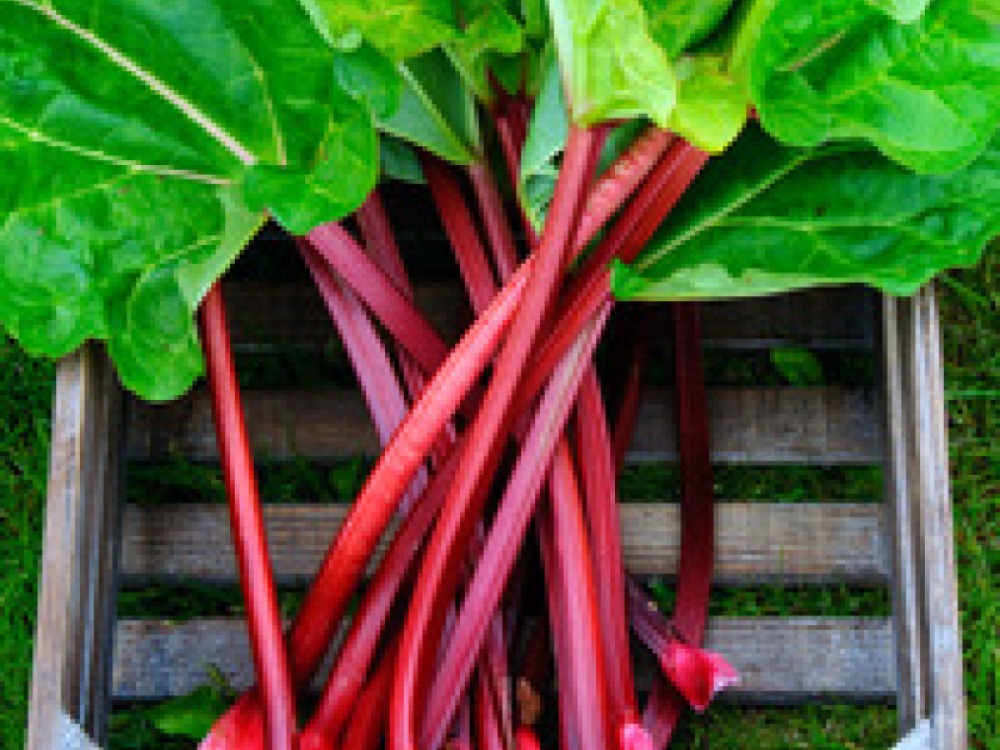
RHUBARB
With celery-like stalks that vary from green and pink to dark red in colour, rhubarb has been one of those ‘is it a vegetable or a fruit’ debates for years. Actually classed as a vegetable (although served in many dishes like a fruit) the most tender variety of rhubarb is forced rhubarb which is grown in darkened conditions and harvested by candlelight. It usually starts to appear in January, giving a sweeter taste than the field varieties.
Top tips: You can keep fresh rhubarb in the fridge for up to two weeks, and both raw and fresh rhubarb is freezable. Be careful with rhubarb leaves though – only the stalks are edible because the leaves contain high levels of poisonous oxalic acid.
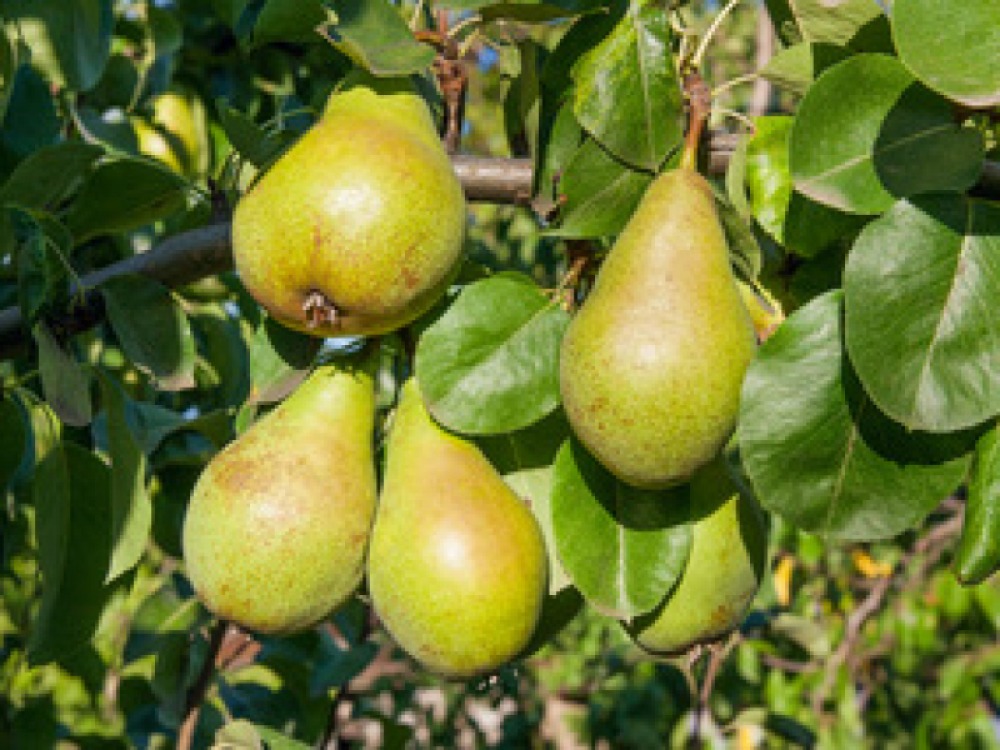
PEARS
Best between October and February, pears are a wonderful winter fruit which can be enjoyed in a number of ways – poached for dessert, cut up and used in salads or added to an after-dinner cheese board. Yellow-green in colour, pears are usually picked when slightly under-ripe, allowing their texture and flavour to develop, and there are many varieties available, including Concorde which are smooth in texture, very juicy and perfectly paired with cheese, and Comice pears which are great for cooking as they are tender and richly-flavoured.
Top tips: Cooking time will depend on the variety of pear and its ripeness, and preparation should be handled similarly to apples – start by rinsing the fruit under water, and rub the cut surfaces with a little lemon to prevent discolouration.
SHOP
Lovingly-made local jam and chutney to make the most of the season
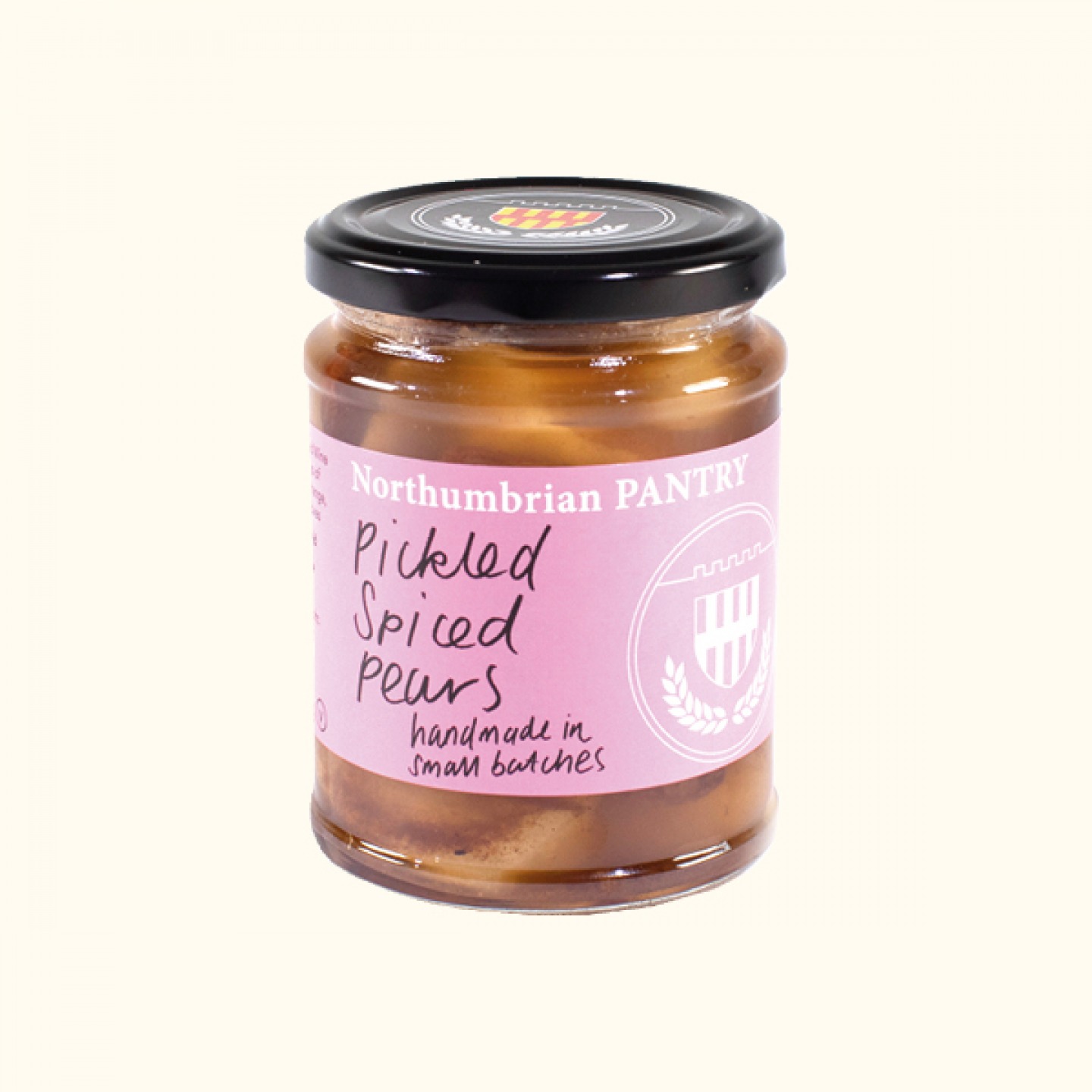
Pickled spiced pears, £5.40 Northumbrian Pantry, stockists regionwide
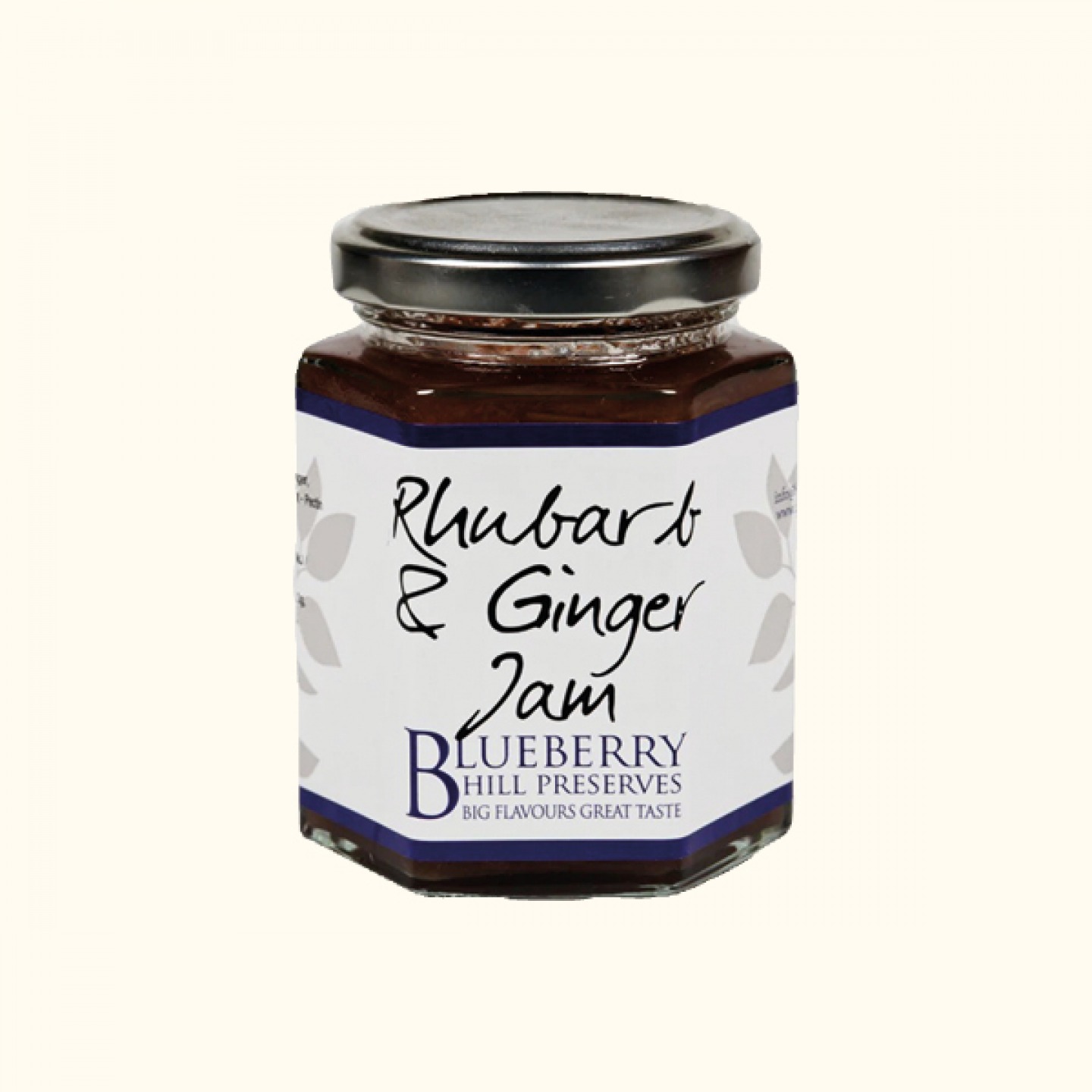
Rhubarb and ginger jam, £4.50 Blueberry Hill Preserves, stockists regionwide
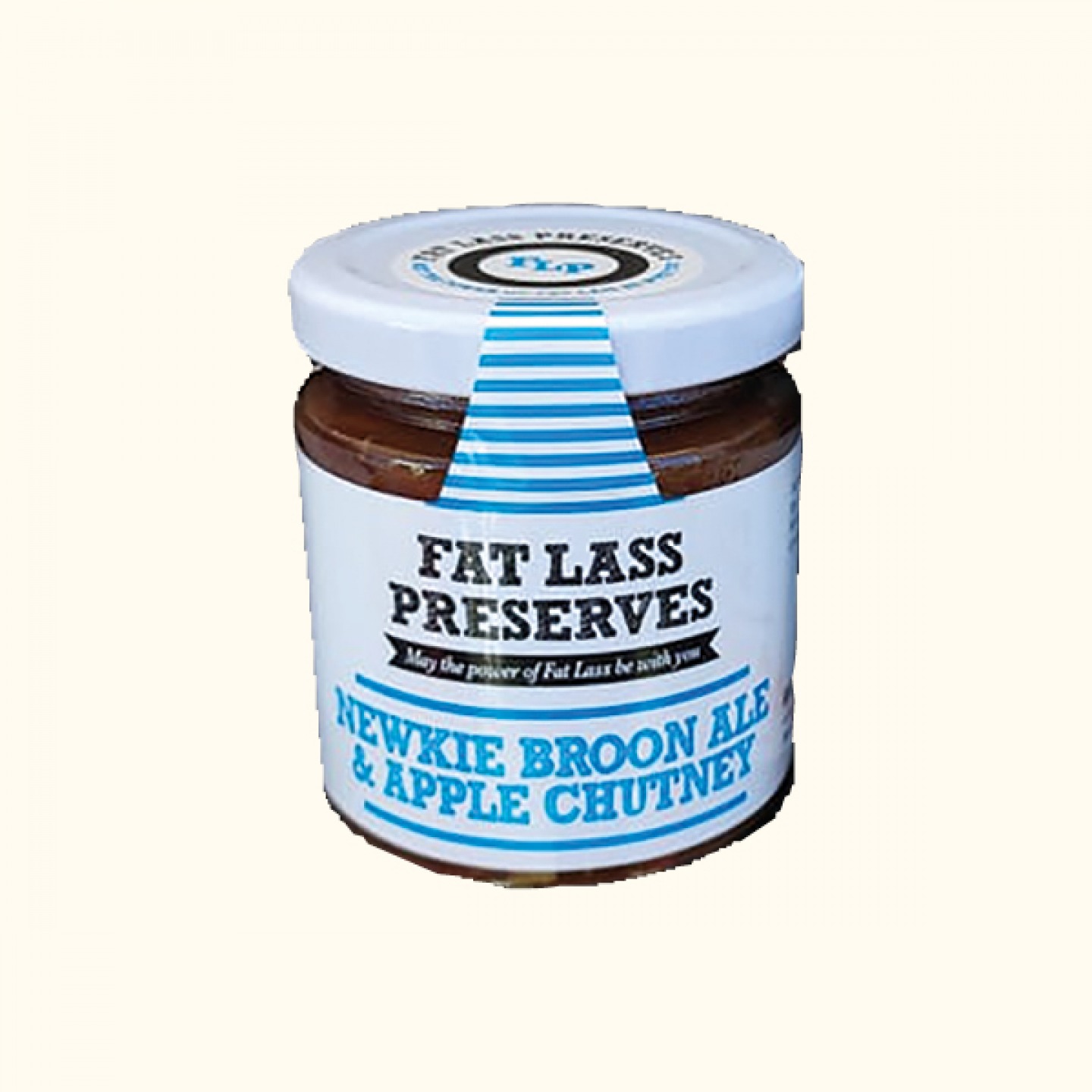
Newkie Brown ale and apple chutney, £4.65 Fat Lass Preserves, stockists regionwide
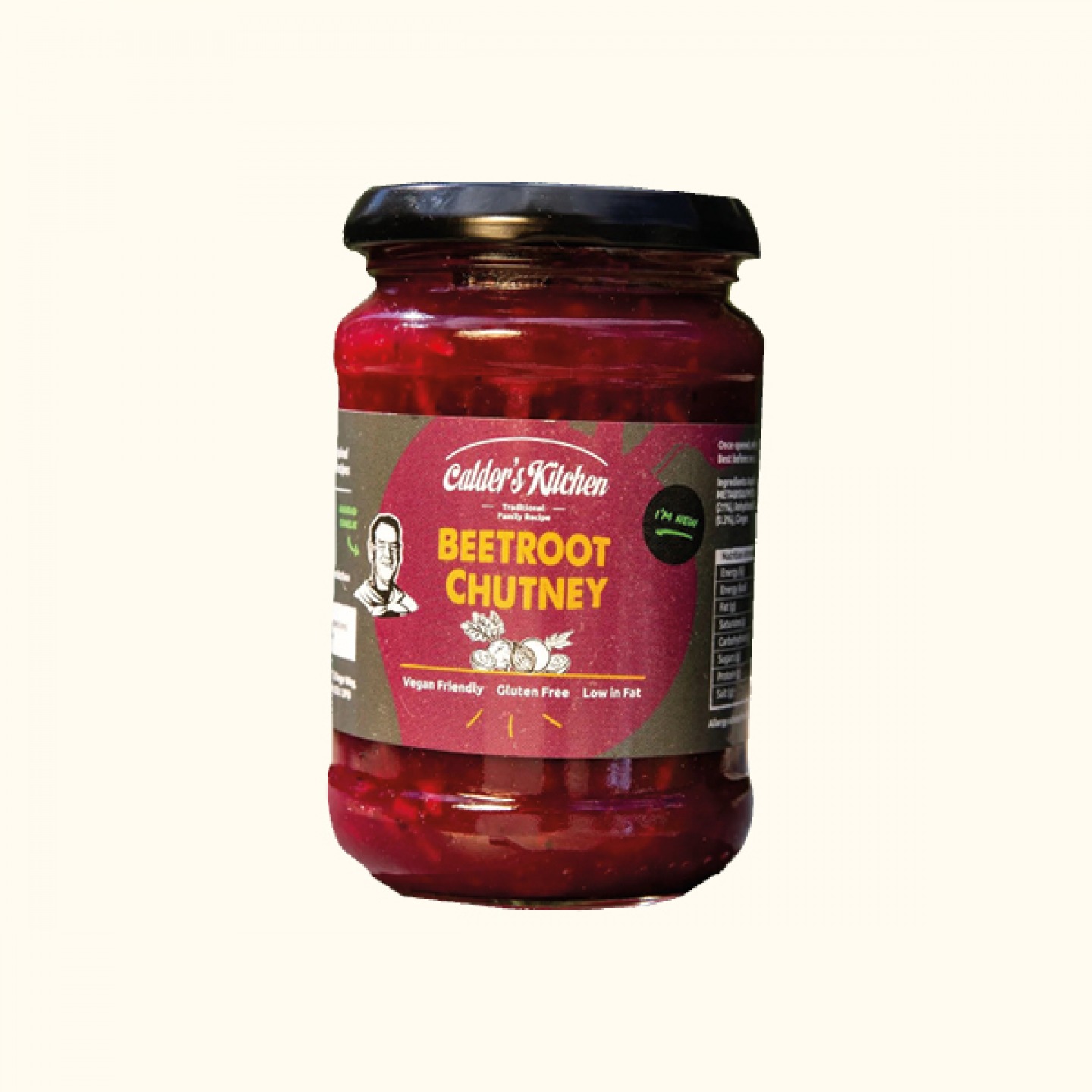
Beetroot chutney, £3.75 Calder’s Kitchen, stockists regionwide
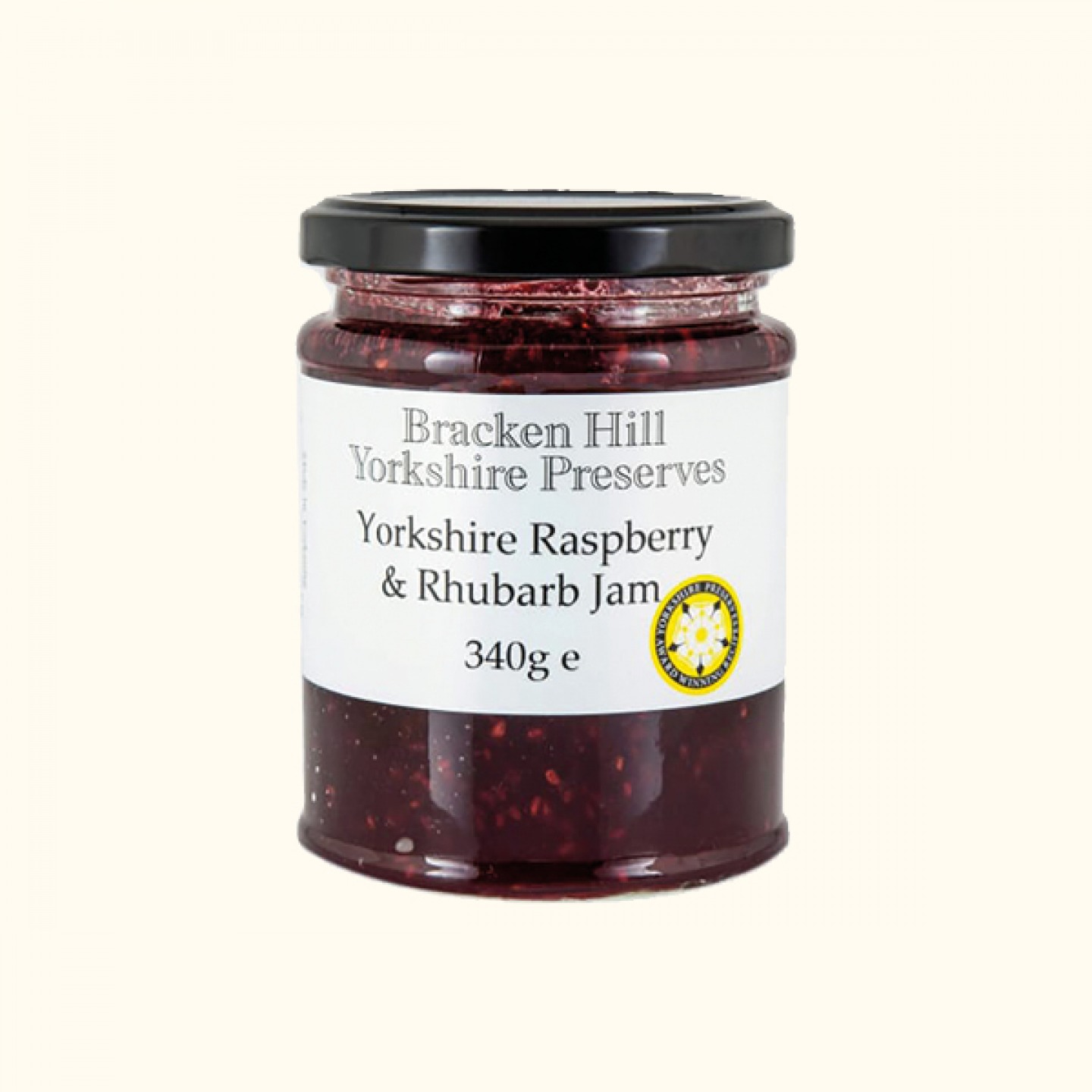
Yorkshire raspberry and rhubarb jam, £4 Bracken Hill Yorkshire Preserves, stockists Yorkshirewide
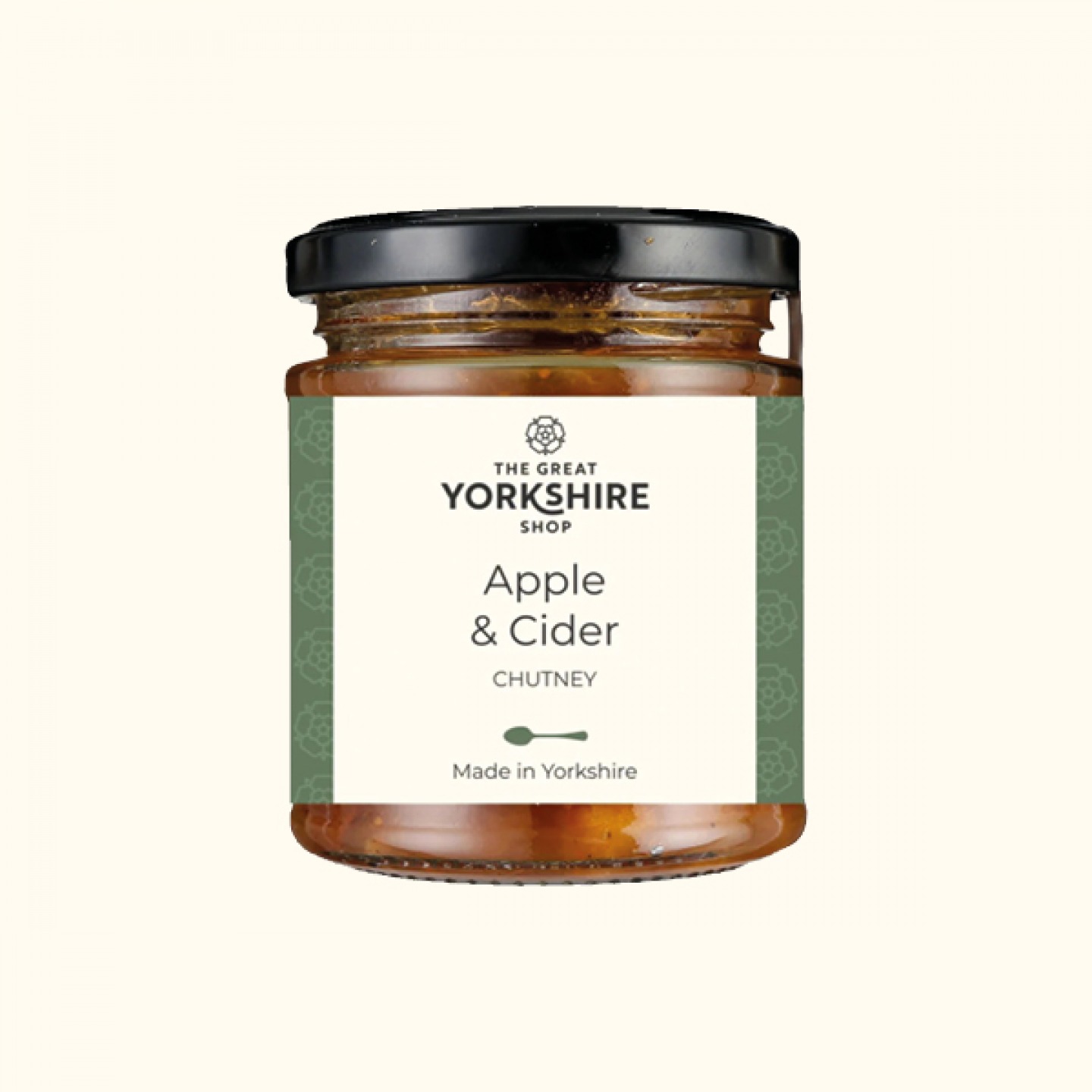
Apple and cider chutney, £3.95 thegreatyorkshireshop.com
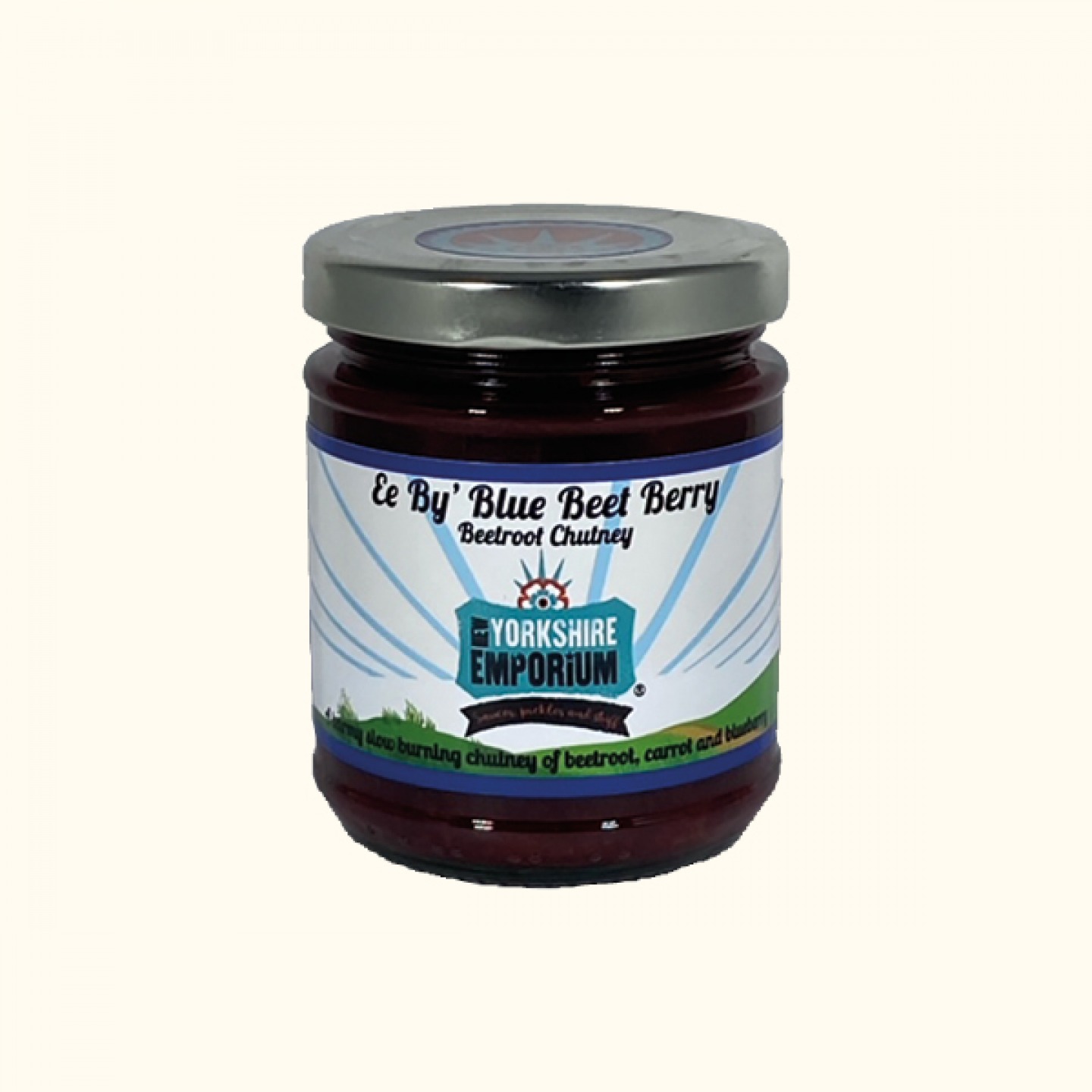
Ee By Blue Beet Berry beetroot chutney, £3.90 New Yorkshire Emporium, stockists Yorkshirewide
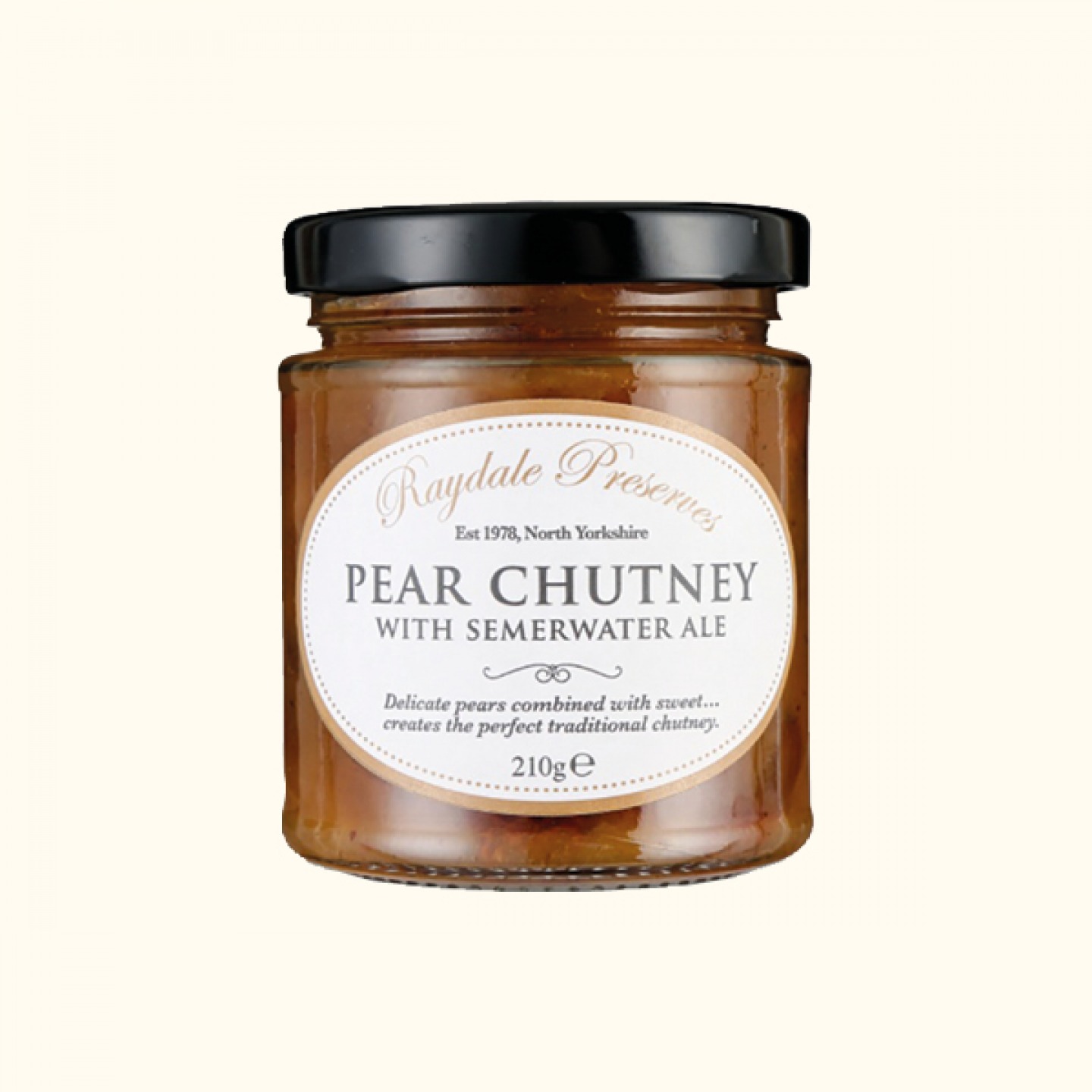
Pear chutney, £3.49 Raydale Preserves, stockists Yorkshirewide
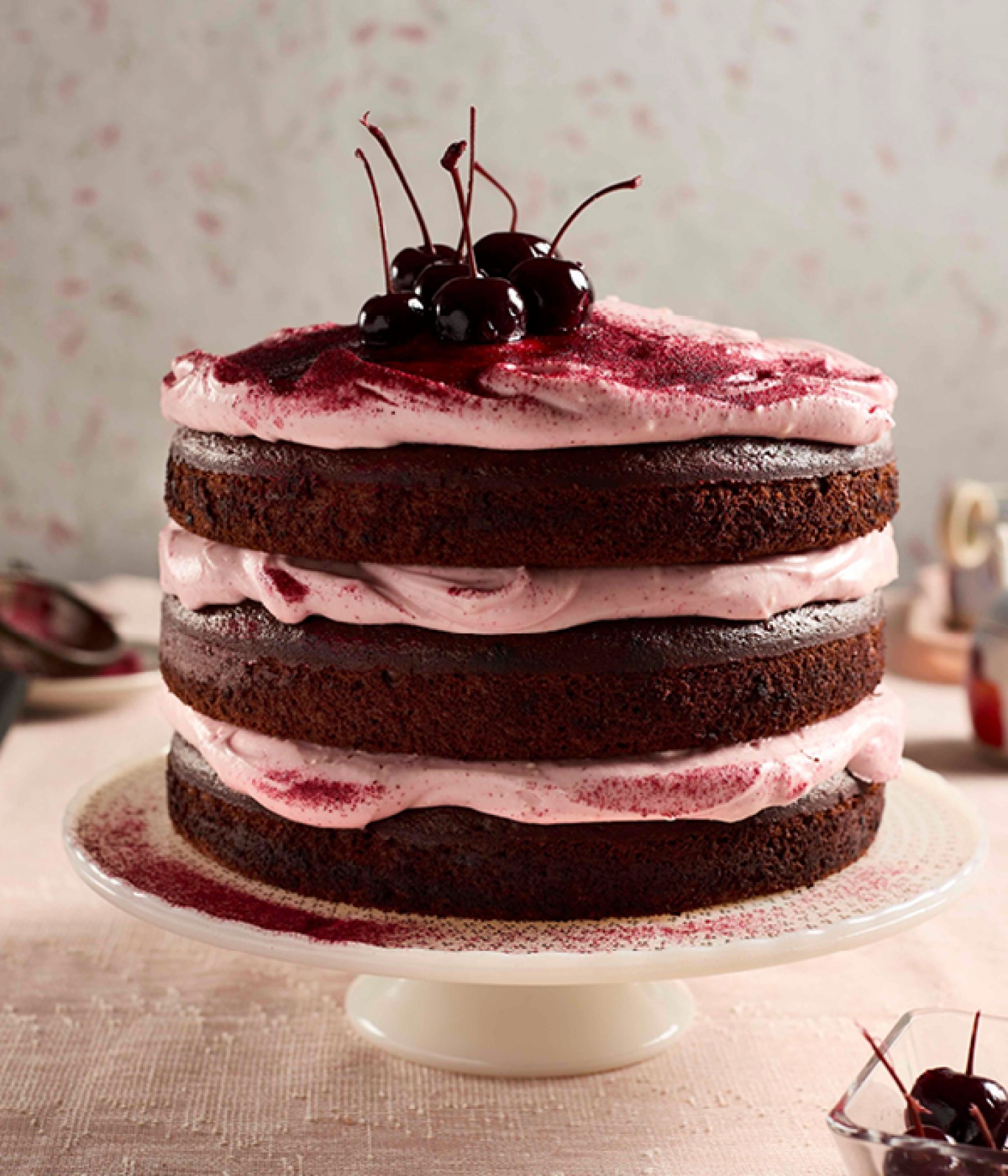
DOUBLE TROUBLE
Try this deliciously unusual double chocolate beetroot cake made with peeled beetroot, espresso coffee and cocoa powder – it’s the ultimate feel-good treat. Find the recipe here.
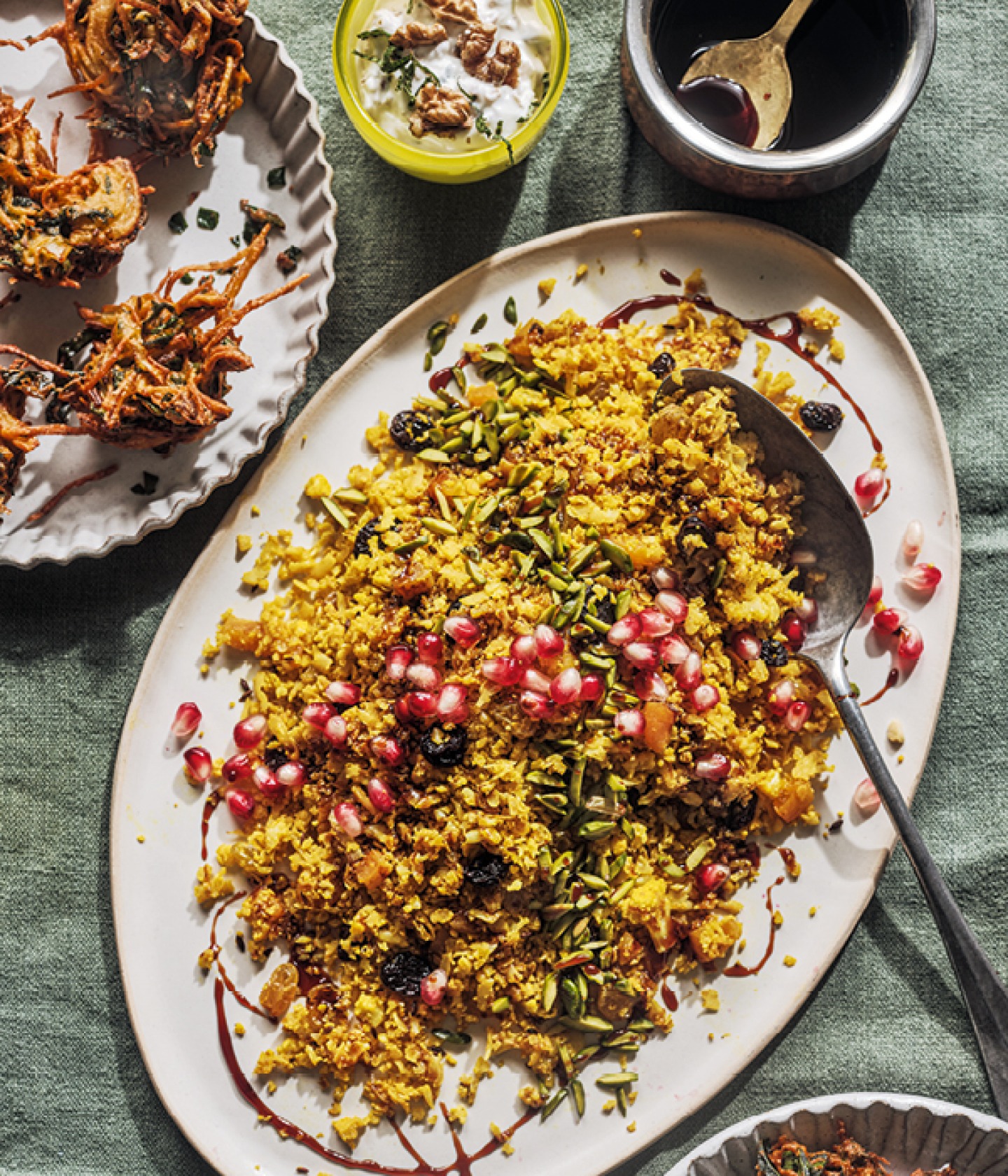
ADD A BIT OF SPICE
Combining an abundance of seasonal foods, including cauliflower, apples, pears and pomegranates, this jewelled cauliflower rice bowl (known as Kashmir) is full of flavour and goodness. Head here for the recipe.










